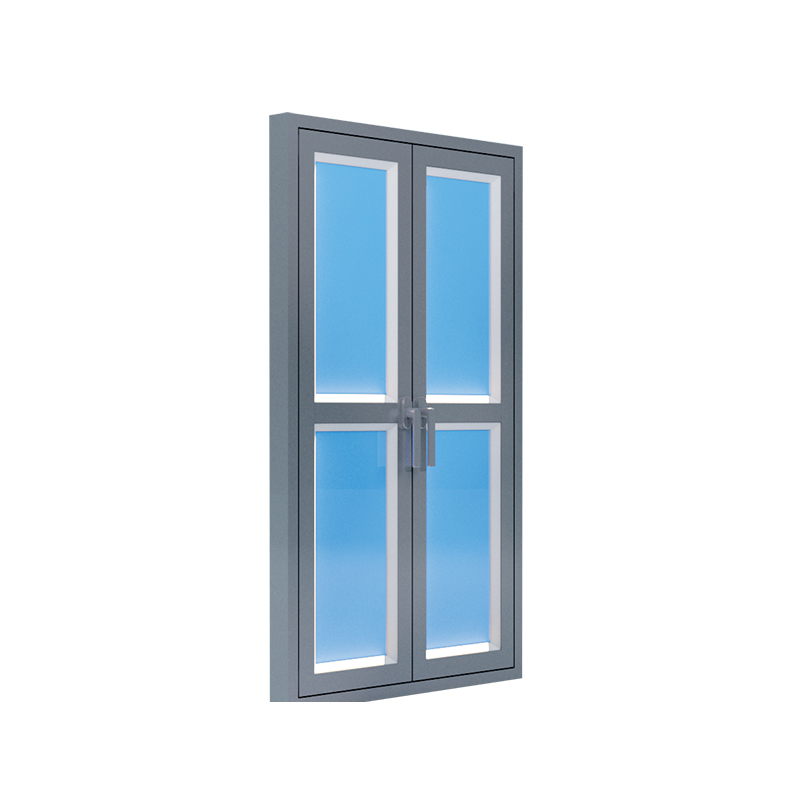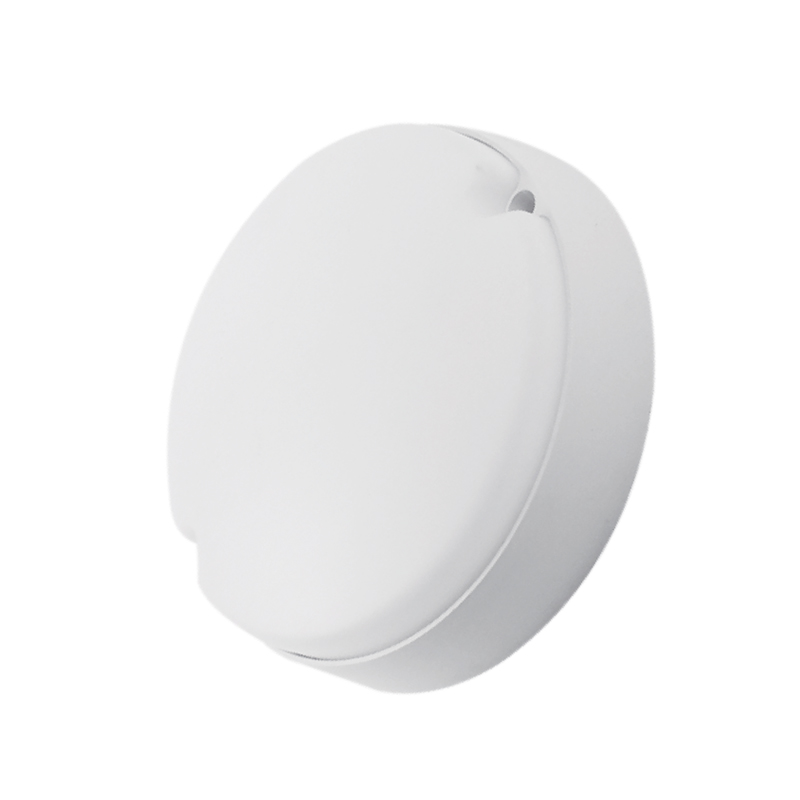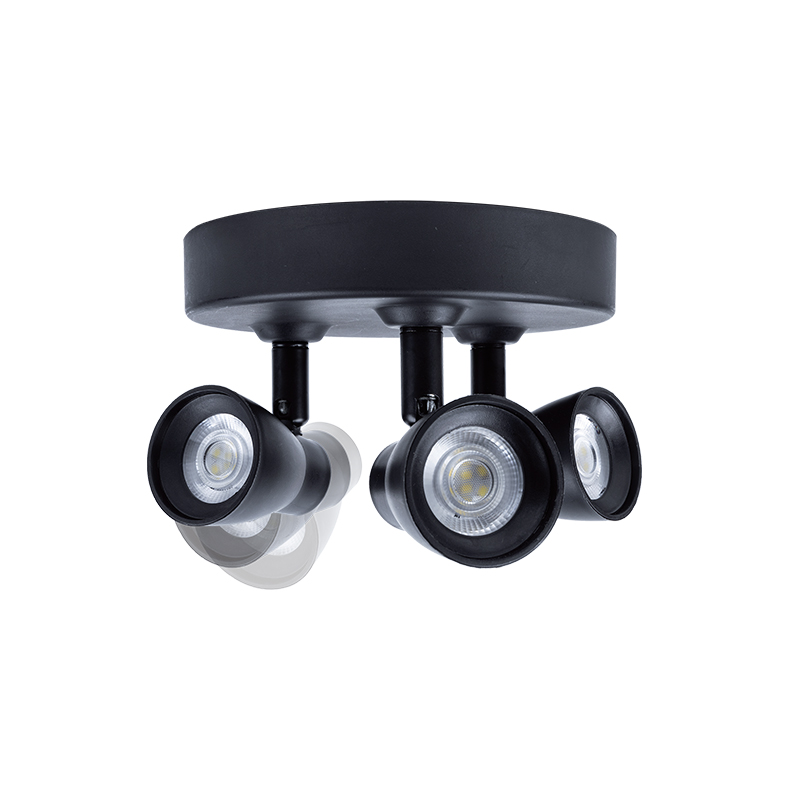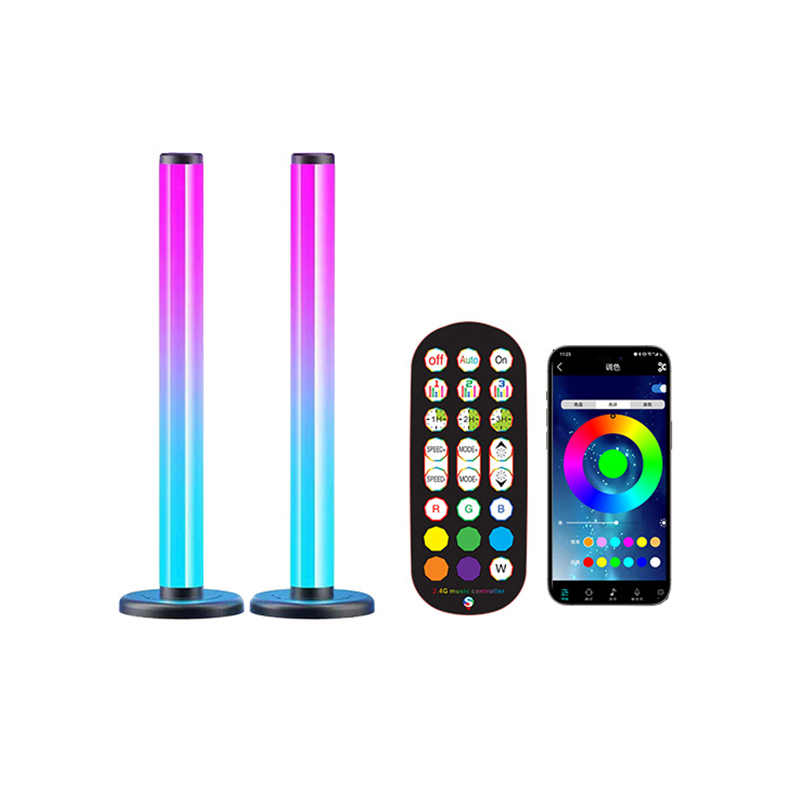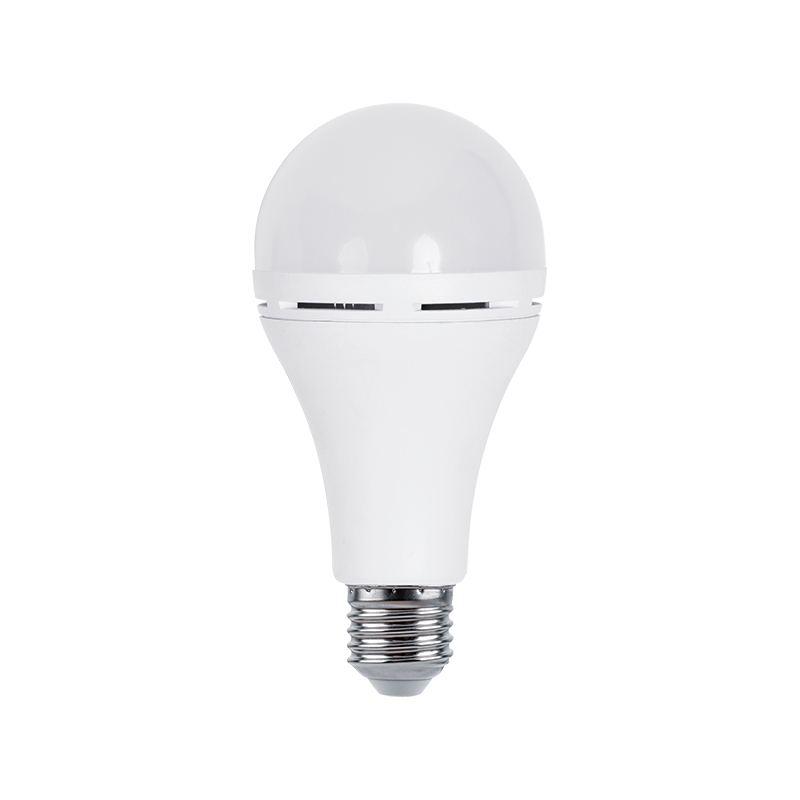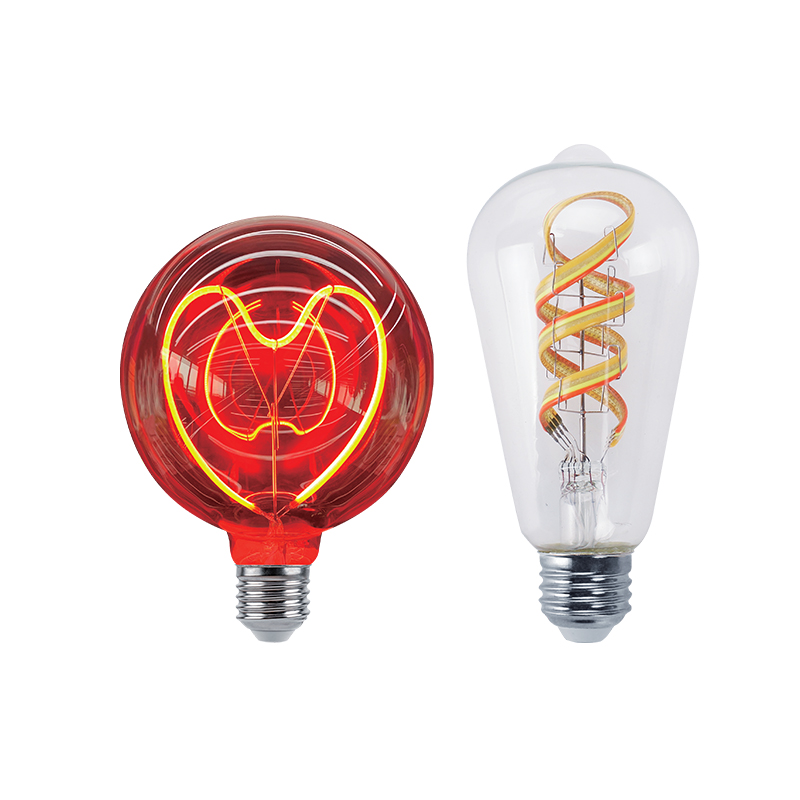We sincerely look forward to establishing a long-term development partnership with you with good quality and professional services.
In the realm of modern lighting design, the shift towards efficient and versatile solutions has made the led t9 circular lamp a prominent choice for both retrofitting projects and new installations. These lamps, designed to replace traditional circular fluorescent tubes, offer significant advantages in energy consumption, longevity, and light quality. However, when specifying these lamps for a project, professionals often focus on metrics like lumens (brightness), color temperature (warmth or coolness), and wattage (energy use). While these are undoubtedly critical, one technical specification frequently overlooked yet profoundly impactful is the beam angle. Understanding the beam angle of a led t9 circular lamp is not a matter of trivial detail; it is fundamental to achieving the desired aesthetic, functional, and practical lighting outcome.
Understanding the Core Concept: What is Beam Angle?
Before delving into its impact, it is essential to define what beam angle is. In technical terms, the beam angle is the angle at which light is distributed or emitted from a light source. More precisely, it is the angle between the two directions in which the luminous intensity of the light beam is 50% of the maximum intensity. Imagine a light source emitting a cone of light; the beam angle defines the width of that cone. A narrow beam angle, such as 15 or 25 degrees, produces a concentrated, spotlight-like effect, focusing illumination on a specific area or object. A wide beam angle, such as 120 or 150 degrees, produces a broad, floodlight-like effect, dispersing light over a much larger area. For a led t9 circular lamp, this characteristic is engineered through the design and arrangement of the internal LED chips and the optical properties of the diffuser or lens that covers them. The selection of a specific beam angle is a deliberate design choice that directly answers the question: how should the light from this source spread into the surrounding environment? This foundational understanding is the first step in mastering lighting design with these versatile lamps.
The Direct Relationship Between Beam Angle and Light Distribution
The beam angle is the primary dictator of light distribution from a led t9 circular lamp. Its influence can be broken down into three key areas: intensity, coverage, and spill light.
A narrow beam angle results in a highly concentrated distribution of light. Because the same total amount of light (lumens) is projected through a tighter opening, the luminous intensity in the center of the beam is very high. This creates a bright, well-defined pool of light directly beneath or in front of the fixture, with a sharp fall-off at the edges. This type of distribution is characterized by pronounced contrasts between illuminated and dark areas. It is highly directional and is excellent for creating focal points and highlighting specific features.
Conversely, a wide beam angle distributes the lamp’s total luminous flux over a much larger surface area. This leads to a lower luminous intensity at any given point within the beam. The light appears softer and more uniform, with a very gradual transition from the brightest point to the surrounding darkness. The goal of a wide beam is to create even, ambient illumination that minimizes shadows and reduces glare by avoiding high-intensity hotspots. The light “floods” the space, hence the term “floodlight,” and is essential for general lighting purposes.
The concept of spill light is also intrinsically linked to beam angle. Spill light refers to the unwanted light that falls outside the main intended area. A very narrow beam has minimal spill light, keeping light contamination to a minimum. A wide beam, by its very nature, has a significant amount of spill light, as its purpose is to illuminate broadly. Understanding this relationship is crucial for applications where light control is critical, such as in galleries or museums where light must be precisely contained on an artwork, or in office settings where controlling glare on computer screens is a priority.
Comparing Narrow, Medium, and Wide Beam Angles
To make informed decisions, it is helpful to categorize beam angles and their typical distribution patterns. The following table provides a clear comparison:
| Beam Angle Range | Classification | Light Distribution Pattern | Primary Use Case |
|---|---|---|---|
| 15° - 25° | Very Narrow / Spot | Tight, concentrated circle of light. Sharp intensity fall-off. | Accent lighting, highlighting specific objects or architectural details. |
| 30° - 45° | Narrow / Focus | Defined, focused light. Good intensity with moderate spill. | Task lighting, highlighting smaller areas like a kitchen island or retail display. |
| 60° - 90° | Medium / General | Balanced blend of focus and spread. Smooth transition from center to edge. | General ambient lighting in smaller rooms or over specific zones like dining tables. |
| 100° - 150° | Wide / Flood | Broad, diffuse, and even illumination. Minimal intensity variation. | Wide-area ambient lighting in larger spaces like hallways, lobbies, and commercial areas. |
This table demonstrates that there is no “best” beam angle, only the most appropriate one for a given situation. A common mistake is to assume that a brighter led t9 circular lamp (higher lumen output) is always the solution for a dark space. However, a high-lumen lamp with a narrow beam angle will simply create an intensely bright hotspot, leaving the rest of the room in relative darkness. The correct solution might be a lamp with a slightly lower lumen output but a much wider beam angle, which would distribute the light more evenly and effectively illuminate the entire space.
Application-Based Selection: Choosing the Right Beam Angle
The practical application of this knowledge is in selecting the correct led t9 circular lamp for a specific setting. The beam angle choice is fundamentally driven by the intended function of the light: whether it is to accent, task, or provide ambient illumination.
For accent and highlight lighting, the objective is to draw attention to a specific object or feature, such as a painting, a sculpture, a decorative wall, or a product on a shelf in a retail environment. In these cases, a narrow beam angle (15° to 30°) is ideal. It creates a pool of light that is significantly brighter than its surroundings, guiding the viewer’s eye and creating visual interest. The controlled distribution ensures that light is wasted on the surrounding areas, increasing efficiency and dramatic effect.
For task lighting, the goal is to provide clear, focused light for a specific activity. Common applications include lighting over a kitchen island where food is prepared, above a bathroom mirror for grooming, over a desk for reading, or above a workbench in a garage. A medium beam angle (30° to 45°) is typically most effective for these purposes. It provides a sufficient spread of light to cover the entire task area (e.g., the entire kitchen countertop) without creating a distracting hotspot or casting strong shadows from the user’s body. It offers a balance between concentration and coverage, which is essential for visual comfort during prolonged tasks.
For general and ambient lighting, the purpose is to provide uniform illumination for safe movement and comfortable visibility throughout an entire space. This is the primary function of lighting in hallways, lobbies, waiting rooms, bedrooms, and large open-plan commercial areas. A wide beam angle (100° to 150°) is necessary for this application. A led t9 circular lamp with a wide beam will evenly “wash” the walls and floor with light, minimizing shadows and creating a welcoming, open atmosphere. It ensures that the light from the fixture blends seamlessly with light from other fixtures in the room, avoiding stark contrasts and dark spots. This is crucial for creating a comfortable visual environment.
The Interplay with Fixture Design and Placement
The beam angle does not operate in isolation. Its effect is heavily influenced by the design of the light fixture and its placement within the architecture. Two critical factors are fixture shielding and mounting height.
The fixture itself can modify the effective beam angle. A recessed downlight with a deep baffle will trim the outer edges of the beam, effectively narrowing it and reducing glare. A fixture with a reflector will be designed to work in tandem with a specific beam angle to achieve a desired distribution pattern. When selecting a led t9 circular lamp, it is important to consider the fixture it will be placed into. An open-aperture fixture will allow the lamp’s native beam angle to express itself fully, while a more enclosed fixture may alter the final distribution.
Mounting height is perhaps the most practical variable. The same beam angle will produce vastly different results depending on how high the light source is from the surface it is illuminating. A narrow 25-degree beam angle lamp installed in a high-ceilinged atrium will produce a large, soft pool of light on the floor far below. That same lamp installed just two feet above a countertop will produce a small, intensely bright hotspot. Understanding this relationship is key. Higher mounting locations generally require narrower beam angles to throw light further down, while lower mounting locations require wider beams to spread light out effectively. Calculating the required beam angle based on mounting height and desired coverage area on the floor is a standard lighting design practice that ensures optimal results.
Beyond Distribution: Correlated Impacts on Visual Comfort and Efficiency
The choice of beam angle has secondary effects that impact the overall quality and efficiency of the lighting installation. The most significant of these is glare control.
Glare, the sensation of discomfort or impairment caused by excessive brightness in the field of view, is a common problem in lighting design. A led t9 circular lamp with a very wide beam angle installed in a fixture with a clear or lightly frosted diffuser might expose the bright LED chips to direct view from many angles, causing direct glare. A narrower beam angle concentrates the high-intensity light within a smaller cone, which can be more easily controlled and directed away from viewers’ eyes. However, if that narrow beam is pointed directly at a highly reflective surface, it can cause reflected glare. Therefore, selecting the correct beam angle is a primary tool for mitigating glare and enhancing visual comfort, which is especially important in workplaces and educational settings.
Furthermore, beam angle influences lighting efficiency and effectiveness. Using a narrow beam angle to highlight a specific product in a retail store is highly efficient because nearly all of the light is directed onto the target, with minimal waste. Using that same narrow beam to provide general ambient lighting would be highly inefficient, as it would require a large number of fixtures to cover the area, leading to higher energy consumption and installation costs. Conversely, using a wide beam lamp for accent lighting would be ineffective, as it would fail to create the necessary contrast to make the object stand out, effectively wasting energy on illumination that serves no purpose. Matching the beam angle to the application is, therefore, a direct contributor to energy efficiency and cost-effectiveness.

 English
English Español
Español Deutsch
Deutsch